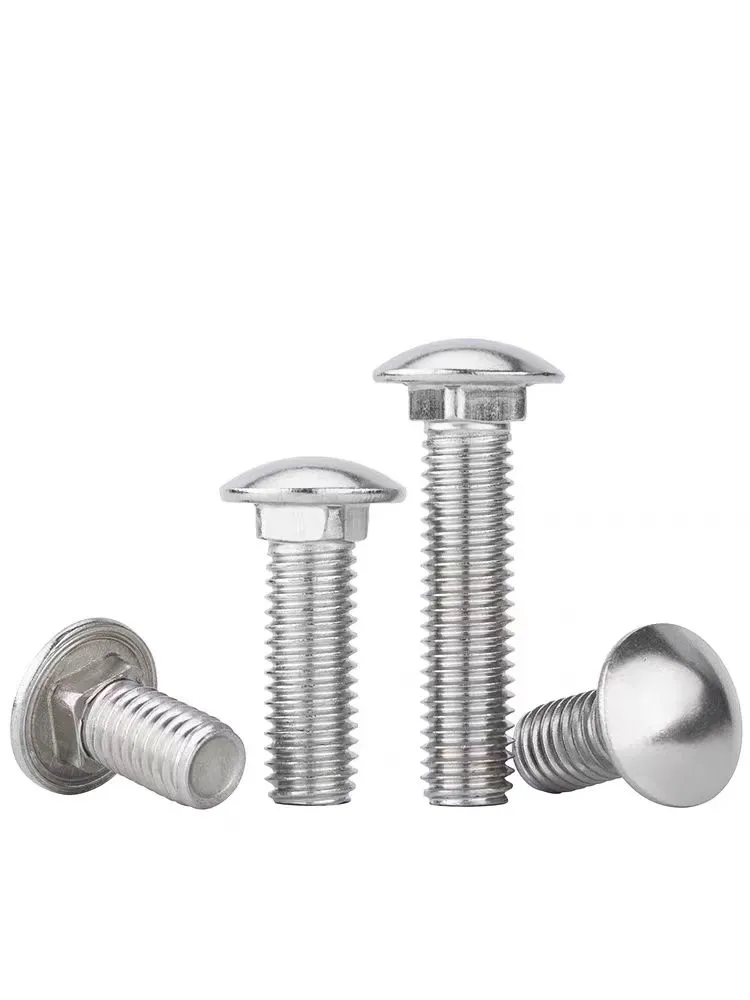

Reducing Size from Three to Two with a Washer Solution
10月 . 02, 2024 07:25 Back to list
Reducing Size from Three to Two with a Washer Solution
The Importance of Reducing Washers Transitioning from 3 to 2
In various engineering applications, the choice of components plays a crucial role in ensuring the efficiency and reliability of mechanical systems. One such component that is often overlooked yet essential is the reducing washer. This article will delve into the concept of reducing washers, particularly the transition from a 3 mm to a 2 mm size, and its significance in modern engineering.
Understanding Reducing Washers
A reducing washer is a type of washer that allows for the joining of different sized components by filling the space between them. Typically made of metal or durable plastic, reducing washers serve as integral parts in assembly applications, protecting surfaces and distributing loads evenly. Using the proper size washer is critical; it can help prevent components from loosening and causing potential damage over time.
The Need for Transitioning from 3 mm to 2 mm
In many scenarios, engineers might find themselves needing to transition from a larger diameter washer, such as a 3 mm, to a smaller diameter, such as a 2 mm. This shift can be driven by various factors, which we will explore further.
1. Space Constraints In compact designs, reducing the size of components often becomes necessary to fit within limited space. Moving from a 3 mm washer to a 2 mm washer can save valuable space without compromising on functionality. For instance, in devices like smartphones, where every millimeter counts, using smaller washers can help achieve sleeker designs.
2. Weight Reduction In industries like aerospace and automotive, minimizing weight is paramount to enhancing performance and fuel efficiency. A transition to a 2 mm reducing washer from a 3 mm option can significantly decrease the total weight of an assembly, consequently leading to improved performance metrics.
3. Cost Efficiency Smaller components can lead to cost savings in materials and shipping. By utilizing 2 mm reducing washers, manufacturers can often reduce overall production costs, which can translate to lower prices for consumers without sacrificing quality.
4. Thread Compatibility In some applications, a 3 mm washer might not be compatible with new components or fasteners. Adapting to 2 mm washers may align better with updated manufacturing standards or custom requirements.
reducing washer 3 to 2

Advantages of Using 2 mm Reducing Washers
When transitioning to using 2 mm reducing washers, several advantages come to the forefront, enhancing the overall design and function of mechanical systems.
1. Enhanced Load Distribution Smaller reducing washers can still effectively distribute loads across a joint, which can be essential in preventing localized stresses that may lead to part failures. Properly sized washers offer optimal surface contact, ensuring that the load is evenly spread.
2. Versatility in Applications 2 mm reducing washers can be employed in a multitude of applications, from automotive assembly to electronic device manufacturing. Their flexibility allows them to adapt to different situations, making them a practical choice for engineers and designers.
3. Improved Aesthetics In visible applications, such as consumer electronics, using smaller components like 2 mm reducing washers can improve the aesthetic appeal of a device. Consumers are increasingly drawn to designs that are sleek and minimalistic, and this can often be achieved by reducing the sizes of underlying components.
Conclusion
The transition from a 3 mm reducing washer to a 2 mm size may seem trivial, but its implications can be profound. Understanding the function of reducing washers and recognizing the advantages of smaller sizes can lead to innovative solutions in design and manufacturing processes.
As industries continue to evolve and the demand for efficiency and compactness increases, the use of 2 mm reducing washers will likely gain traction. Engineers must remain adaptable, willing to embrace changes in component specifications to ensure that their designs meet modern demands. By making informed choices about washers and understanding their importance, one can contribute significantly to the success and functionality of mechanical systems.
In conclusion, small components can have a big impact, and reducing washers are a prime example of this principle in action. Embracing such transitions not only enhances performance but also sets the stage for future innovations in engineering.
Latest news
-
Similarities and Differences Between Plain Washer and Spring Washer - Fastener Comparison Guide
NewsJun.10,2025
-
Effortless Installation Self-Drilling Window Screws - Fast, Secure, and Durable Fasteners
NewsJun.10,2025
-
Self Drilling Stucco Screws for Fast, Secure Installation Self Tapping & Self-Tapping Fasteners
NewsJun.10,2025
-
Premium Hot Dipped Galvanized Self Tapping Screws - Durable Corrosion Resistance
NewsJun.09,2025
-
Discover M12 Weld Stud Benefits & Applications Guide
NewsJun.09,2025
-
M25 Stainless Steel Washers High-Durability Fasteners for Corrosion Resistance
NewsJun.09,2025

